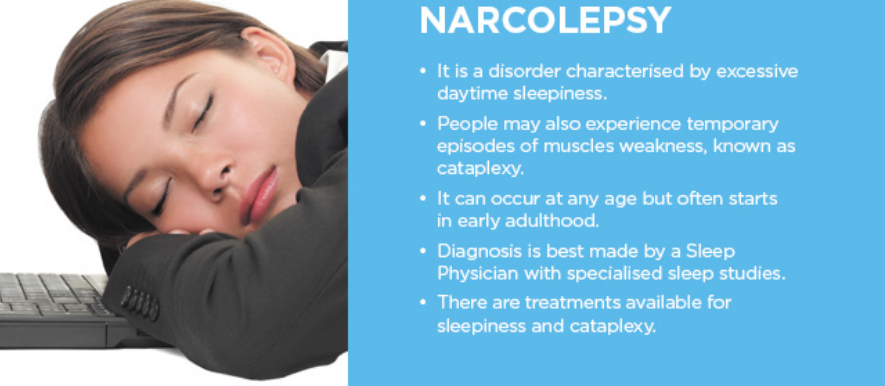Category
- Buy Adderall Online
- Buy Adipex Online
- Buy Alprazolam Online
- Buy Ambien Online
- Buy Ativan Online
- Buy Carisoprodol Online
- Buy Clonazepam Online
- Buy Codeine Online
- Buy Darvocet Online
- Buy Demerol Online
- Buy Diazepam Online
- Buy Dilaudid Online
- Buy Fioricet Online
- Buy Gabapentin Online
- Buy Hydrocodone Online
- Buy Hydromorphone Online
- Buy Klonopin Online
- Buy Lexapro Online
- Buy Lorazepam Online
- Buy Lorcet Online
- Buy Lortab Online
- Buy Meridia Online
- Buy Methadone Online
- Buy Modafinil Online
- Buy Norco Online
- Buy Opana ER Online
- Buy Oxycodone Online
- Buy Oxycontin Online
- Buy Percocet Online
- Buy Phentermine Online
- Buy Roxicodone Online
- Buy Soma Online
- Buy Suboxone Online
- Buy Subutex Online
- Buy Tapentadol Online
- Buy Tramadol Online
- Buy Valium Online
- Buy Viagra Online
- Buy Vicodin Online
- Buy Xanax Online
- Buy Zolpidem Online

Deals & Discounts
Use Coupon Code
SAVE10

Narcolepsy is a mental disorder that affects a person’s ability to sleep and wake up—people with this condition experience abnormal sleep that can affect their quality of life. It can cause a person to have excessive, uncontrollable daytime sleepiness, and often people with narcolepsy can fall asleep anytime, even while performing some task. Buy xanax online.
It is a rare chronic condition, and experts estimate it affects roughly 1 in 2,000 people. Its symptoms usually manifest in people between the ages of 10 and 25, but people often fail to recognize the condition right away and often get misdiagnosed.
While the primary symptom of narcolepsy is an uncontrollable sleep attack, people with this condition often experience temporary and unexpected loss of muscle control (cataplexy), which one can easily mistake for a seizure. Narcolepsy is not a fatal disease by itself, but it can put a person into hazardous situations that might result in accidents and injuries.
People with this condition have difficulty maintaining jobs, doing well in school, and maintaining relationships.
Symptoms
People with narcolepsy usually experience excessive sleepiness, but often it also causes cataplexy, hallucination, and sleep paralysis. This condition can also disrupt nighttime sleep patterns, which is not suitable for a person’s health. However, people with narcolepsy generally get the same amount of sleep as a person without this condition.
A person with narcolepsy can experience the following symptoms:
Automatic behaviors
People with this condition might fall asleep while doing an activity live driving or eating, and continue doing it without consciously realizing they are doing the task. It can be dangerous because these automatic behaviors can significantly increase the risk of accidents, injuries, and even death.
Fragmented sleep
Sleeping patterns of people with narcolepsy become fragmented. They might feel excessive sleepiness during day time. They also find it hard to fall asleep at night.
Hallucinations when falling asleep
People with narcolepsy can experience vivid hallucinations when they try to fall asleep. The hallucinations can be so lifelike that it is hard to tell them apart from reality. These hallucinations usually occur at the time of going to sleep or waking up.
Sleep paralysis
People, while experiencing sleep paralysis, become unable to move or speak during their sleep. It can also occur while falling asleep or waking up. The paralysis episode usually lasts for a few seconds to a couple of minutes. The paralysis a person experience is similar to that of REM sleep, and it does not affect the ability to breathe or eye movements.
Poorly regulated REM sleep
REM, or rapid eye movement sleep, is the stage when a person has vivid dreams and lose control of their muscles. People usually enter this stage about 90 minutes after falling asleep, but for those with narcolepsy, REM sleep can occur anytime within 15 minutes after falling asleep.
Cataplexy
This condition can cause various physical changes that range from slurred speech to complete muscle weakness. It usually affects the face, neck, and knee. Some people might collapse to the ground while experiencing this condition. However, it only lasts for less than two minutes, but it can lead to accidents, falls, which might be fatal.
Significant daytime sleepiness
Those with narcolepsy have a persistent sleepy feeling with a tendency to doze off throughout the day, usually at inappropriate times. Excessive daytime sleepiness also cause:
- A depressed mood
- Exhaustion
- Memory lapses
- Decreased energy
- Poor concentration
- Brain fog
Diagnosis
Narcolepsy usually remains misdiagnosed in its initial stages as it resembles other conditions like:
- Psychological disorder
- Restless legs syndrome
- Sleep apnea
If you feel excessive daytime sleepiness or any other common symptom of narcolepsy, consult a doctor. Daytime sleepiness is common in various sleeping disorders, which makes it harder to diagnose narcolepsy. The doctor will ask you for your medical history and perform a physical examination. They will also look for a history of excessive daytime sleepiness and episodes of the sudden loss of muscle control. Buy Viagra Online.
The following questions can help a doctor in diagnosing narcolepsy:
- Do you have muscle weakness?
- Do you collapse when angry or laughing?
- Are your naps refreshing?
- For how long are you sleeping at night?
- Do you feel rested after sleep?
- Do you feel sleepy most of the day?
- Do you get unusual sensations while falling asleep?
- Do you feel unable to move to when while falling asleep or when you first wake up?
Causes
Experts don’t know why narcolepsy occurs, as its exact cause is still unknown. However, they believe that a deficiency in hypocretin, or orexin, the chemicals brain needs to stay awake, might play a role in perpetuating this disease.
According to scientists, many factors can cause low hypocretin levels. Healthcare professionals believe that it is a hereditary deficiency, and people with this deficiency may often have the immune system that attacks healthy cells. Both of these factors contribute to narcolepsy. Other contributors to this disease include exposure to toxins, stress, and infection.
These factors can increase the risk of narcolepsy:
Family history
If one of your family members suffers from narcolepsy, you are 20 to 40 times more likely to get this disease.
Age
10 to 30 years old people are more prone to get a narcolepsy diagnosis. However, this condition can go undiagnosed or misdiagnosed in many cases.
Types
Narcolepsy is of two types:
Type 1
It is the most common form of this condition. People with “type 1” narcolepsy experience cataplexy symptoms, or the sudden loss of muscle control. They also experience extreme sleepiness during daytime due to lower hypocretin levels.
Type 2
People with “type 2” narcolepsy don’t experience cataplexy, and usually, they also don’t have hypocretin deficiency.
Treatment
Though no cure is available for narcolepsy, doctors suggest some medications and lifestyle tips to keep the problem under control. These recommendations can help people with narcolepsy manage their symptoms. Buy medication from painmedication.
Doctors recommend the following class of drugs to treat people with narcolepsy:
Stimulants
Medications, including Nuvigil, Provigil, and Ritalin, can improve wakefulness. These medicines can also cause side effects like headaches, nausea, anxiety, etc.
SNRIs (serotonin-norepinephrine reuptake inhibitors)
SNRIs like Effexor (venlafaxine) can treat hallucinations, cataplexy, and sleep paralysis. These can also result in side effects like insomnia, digestion problems, weight gain, etc.
SSRIs (selective serotonin reuptake inhibitors)
Prozac (fluoxetine) can help regulate sleep and improve mood. This medicine can cause adverse effects such as dry mouth and lightheadedness.
Tricyclic antidepressants
Amitriptyline and nortriptyline are examples of such medicines. These can reduce cataplexy, hallucinations, and sleep paralysis. A person can experience constipation, urinary retention, and dry mouth after consuming these drugs.
Sodium oxybate (Xyrem)
It is an FDA approved medicine to prevent cataplexy, and it also affects the excessive day time sleepiness. Like other drugs, it can also cause side effects such as dehydration, depression, and nausea.
Wakix (Pitolistant)
FDA approves Wakix to treat narcolepsy. It works by releasing histamines in the brain to reduce day time sleepiness. People consuming this drug might experience some side effects, including insomnia, anxiety, nausea, and headaches.

Leave a Reply